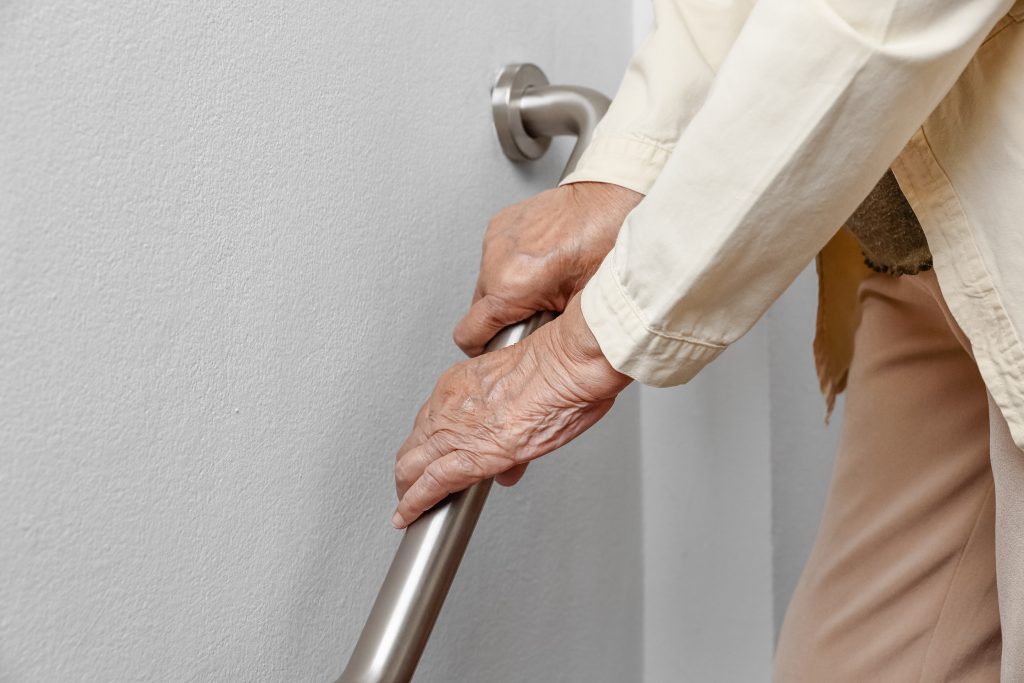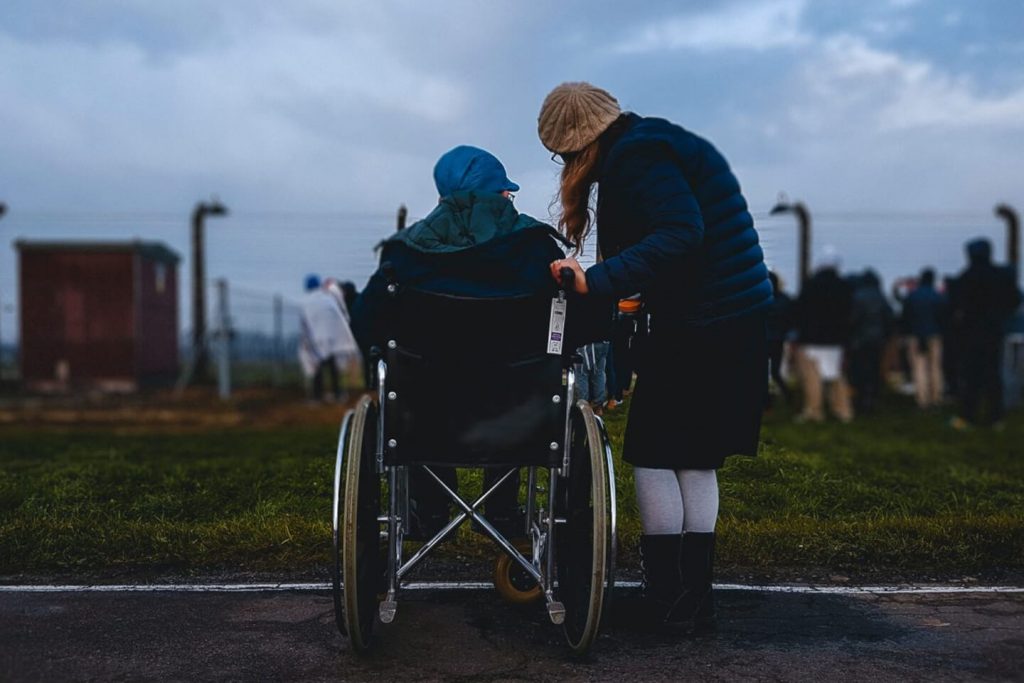The importance of increasing home safety for the elderly in home-based aged care

The importance of increasing home safety for the elderly in home-based aged care
Many older Australians wish to remain living in their own homes for as long as possible, which can be a great way to maintain independence and quality of life. It is, however, critical to ensure that the home is safe and liveable. Home care services can help with this by assisting with daily activities, making safety modifications and providing other needed support.
Importance of home modifications
Slips and falls in the home become more likely to occur as we age and they can be especially dangerous for a senior who lives alone. There are steps you can take to reduce the risk of falls in the home, as well as the risk of injury if the worst-case scenario occurs. If a senior is unable to climb stairs or navigate around obstacles, modifications to the home, such as adding ramps or widening doorways, should be considered.
Home care services can help identify these needs and work with families to create a plan that makes aging at home safer for everyone involved. Some common ways to make a home safer for seniors include:
- Installing grab bars in the bathroom and near the toilet
- Using non-slip mats in the bathtub and shower
- Securing rugs with double-sided tape or rug grippers
- Installing handrails on both sides of staircases
What are personal alarms?
Personal alarms are simple push-button pendants or bracelets that can alert a next-of-kin or the ambulance service in the event of an emergency. They are especially important because they provide an elderly person with the necessary device to assist them in a life-threatening situation. Personal alarms are not only an excellent way to keep an elderly person safe, but they also provide reassurance to their loved ones.
The importance of respite care
Caring for someone’s daily living needs at home can be a demanding role, and even the most resilient caregivers require rest in order to maintain their own health and that of their senior loved ones. It can be difficult to ask for assistance, but keep in mind that respite care benefits both the senior and the caregiver.
Respite can last as little as a few hours or as long as necessary; it all depends on what works best for everyone involved. Some families schedule regular respite breaks throughout the year, while others use it as a backup option if their primary caregiver is unavailable. Know that you are not alone in this journey, no matter how you choose to use respite care. There are a lot of caregivers out there who understand what you’re going through and are willing to help.
If you need any further assistance on aged care services, contact Teresa Sandona or Kerrie Harding on 1300 122 730 or via email at to discuss the support you seek.



